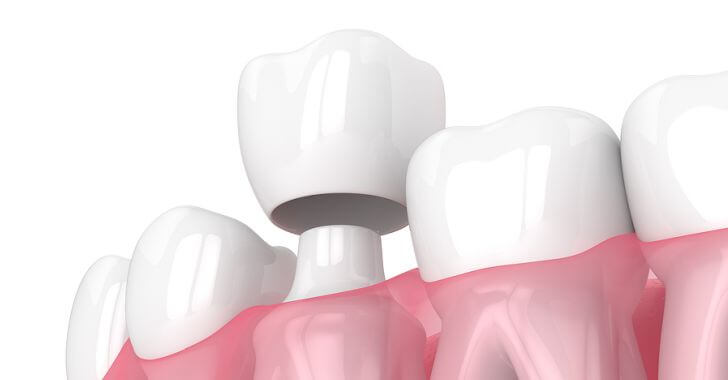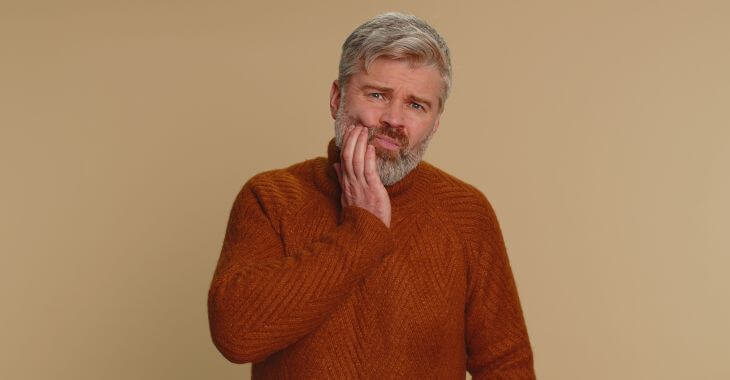How Do I Get Rid of Different Types of Teeth Stains?

Yellow, brown, black and gray – there are all types of teeth stains that can impact the appearance of your smile. Not only are they different colors, but the stain can be on the surface or deeper within the tooth. If you want a bright, white smile that looks healthy and attractive, you want to know how to get rid of yellow, black and brown stains on teeth. Here is more about the types of teeth stains and the best ways to remove them for a whiter smile.
Types of Teeth Stains
Teeth are naturally a whitish color, but they are not always bright white. The white color comes from the calcium in the teeth, but not everyone has the same white shade for their teeth. However, teeth are not naturally brown, yellow, gray or black – this occurs when the teeth are stained or discolored from either the outside or inside. The types of teeth stains include:
- Extrinsic. When the enamel of the teeth is stained by dark pigmented foods, beverages, tobacco or other substances, this is called an extrinsic tooth stain. These are common and can cause different colors of stains, from yellow and brown stains on teeth to black.
- Intrinsic. The dentin of the teeth under the enamel can become discolored. This can also be caused by external sources like coffee or nicotine, but it can be from an internal source. Excess fluoride, tooth damage or decay can cause these deeper discolorations of the tooth.
- Aging. As you get older, the teeth can change colors. The dentin may turn a yellowish hue that is noticeable through thinning enamel. Darker or tinted teeth can make a person appear older since discoloration is normal with the aging process.
Discoloration or staining of the teeth is normal and it is not always a sign of dental issues. However, black stains of teeth and even brown stains on teeth can be signs of decay or other dental concerns. If there is a problem within the tooth causing the discoloration, no amount of bleaching or whitening will brighten the tooth.
What Causes Black Stains on Teeth?
Brown, yellow and gray teeth are common from coffee, tea, dental fillings and using tobacco products. However, black stains on teeth are rare, but they can occur. Black stains usually do not occur overnight. You may have brown areas on the tooth that turn black or have small black dots that appear over time. A few different issues can cause black teeth, including:
- Tartar building up
- Tooth decay
- Darkened extrinsic stains
- Pulp infection
- Dead tooth
Black stains on teeth are not something you can bleach away with whitening toothpaste or strips. You need to see a dentist to determine what is causing the black color. Sometimes all that is needed is a thorough teeth cleaning by a hygienist to remove tartar, but often other dental treatments are required.
Removing Different Types of Teeth Stains
For extrinsic teeth stains from drinking coffee, red wine or smoking cigarettes, you can use most teeth whitening products. A good whitening toothpaste or using whitening strips can help brighten the teeth. Routine dental cleanings twice a year can also go a long way to make your teeth whiter.
Intrinsic teeth discoloration is more difficult. Since the dentin is discolored, it requires more than just bleaching the enamel. To brighten the dentin, professional teeth whitening or bleaching is needed. Your dentist can suggest a variety of options to remove different types of teeth stains that are within the dentin. Take-home bleaching trays can be used for 10-14 days to deeply whiten teeth. There are also in-office teeth bleaching options that can quickly whiten teeth several shades in about an hour.
To whiten aging teeth, you are dealing with both intrinsic and extrinsic stains. Professional whitening treatments are usually the best option to restore a brighter, more youthful smile appearance.
Covering Teeth Stains
In some cases, teeth stains cannot be removed. The tooth material has been permanently discolored and bleaching agents will not create evenly white teeth. For those with dark or deep stains on the teeth, other methods can be used to cover these types of teeth stains. Dental bonding, dental crowns and porcelain veneers can all cover discolorations on the teeth for a white smile.

If you have yellow, black or brown stains on teeth, there are options to make your teeth whiter. First, you should have a dental checkup to ensure the stains are not signs of an oral health issue like decay or an infection. Once your teeth are examined, talk to your dentist about safe options for whitening your teeth to get rid of your yellow, brown or black stains on teeth for a healthier, more attractive-appearing smile.
The information provided on this website, including text, graphics, images, and other materials, is intended solely for informational purposes and should not be used as a substitute for professional medical advice, diagnosis, or treatment.




)